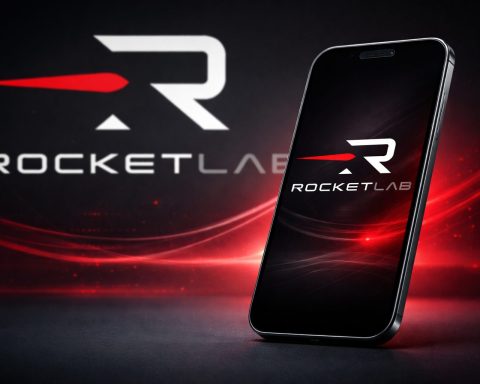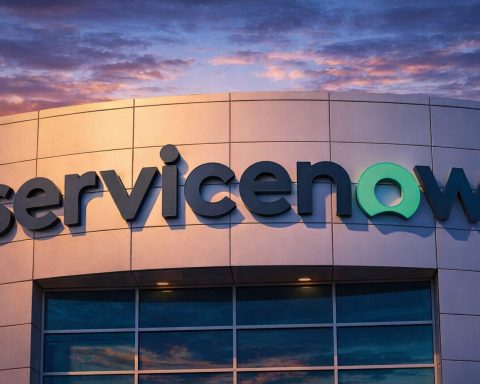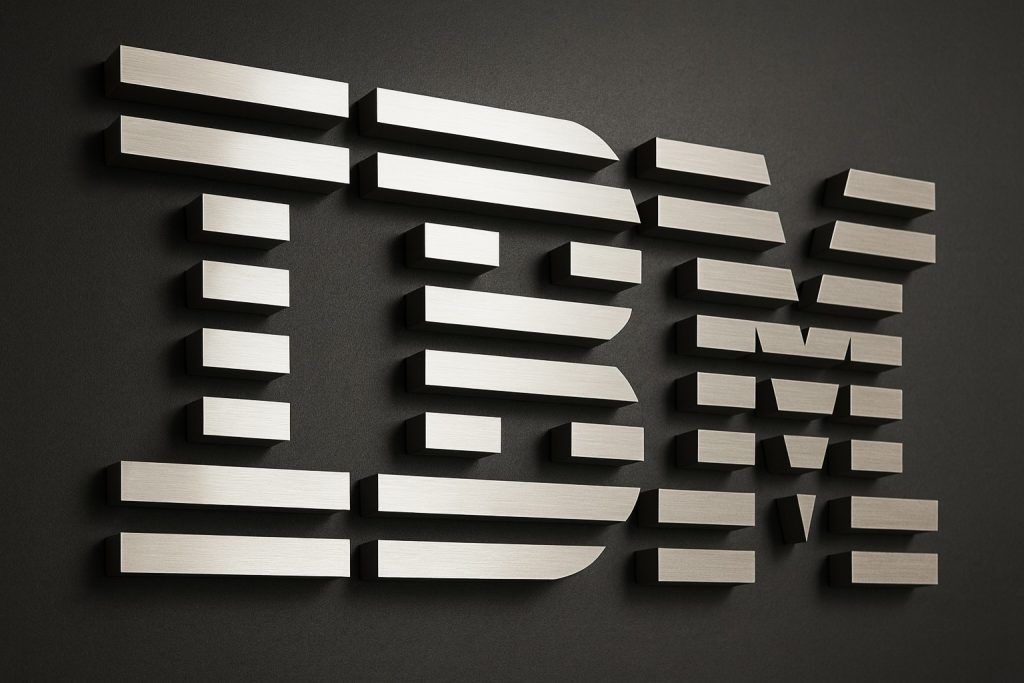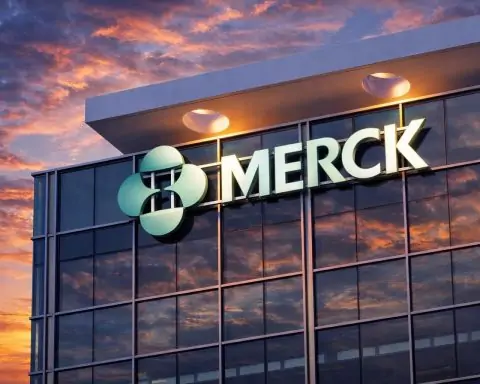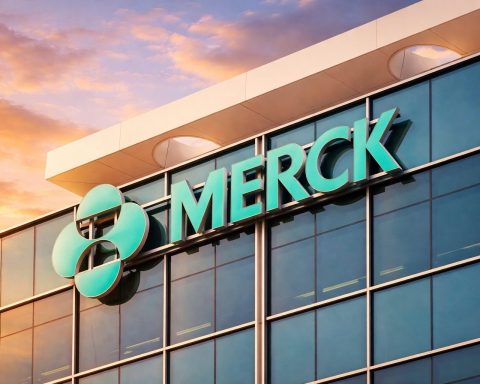- Stock Surge & Volatility: HIMS shares have more than doubled since early 2024 (peaking ~$73 in Feb 2025), vastly outperforming peers [1]. As of late Sept. 2025 HIMS trades around $58 (market cap ~$13B) after a recent pullback. Year-to-date the stock is up ~110% (vs. telecom’s 24% industry gain) [2] [3]. However, 2025 has seen wild swings: a 14% plunge on weak Q2 results [4] and a 7%+ drop after FDA warning letters in mid-Sept [5]. Investor chatter has surged on social media (HIMS was among the most-discussed Reddit “meme stocks” in mid-2025) as hype over its GLP-1 weight-loss offerings collided with regulatory fears.
- Q2 Financials & Growth: In Q2 FY2025 (June 2025) HIMS posted revenue of $544.8M (up 73% YoY) [6], driven by 31% subscriber growth to 2.44M users [7]. Gross margin dipped to ~76% (from 81% prior year) as GLP-1 drug mix changed, but net income was $42.5M (vs. $13.3M LY) [8]. Adjusted EBITDA jumped to $82.2M (vs. $39.3M) [9]. Management reiterated FY2025 guidance (~$2.3–$2.4B revenue, $295–$335M EBITDA) [10]. CEO Andrew Dudum hailed the “momentum” and said HIMS is “entering an exciting period of growth” by adding new “high-impact specialties” [11]. CFO Yemi Okupe noted 73% revenue growth and doubled EBITDA, driven by “robust growth” in personalized plans [12]. However, sequential Q2 revenue missed Wall Street estimates ($544.8M vs. ~$551.6M expected) [13], and Q3 guidance ($570–$590M) was slightly below some forecasts [14].
- Product & Strategic Expansion: HIMS is aggressively broadening its telehealth platform. Beyond its core sexual health, hair, skin and mental wellness brands, it has become a major player in online weight-loss. It sells personalized compounded GLP-1s (semaglutide) at much lower cost, a strategy that fueled huge growth when brand-name Wegovy and Ozempic were scarce [15] [16]. Notably, HIMS partnered briefly with Novo Nordisk in early 2025 to distribute branded Wegovy via a new “NovoCare Pharmacy,” though that alliance ended by June [17]. FDA rule changes (banning bulk compounding of Wegovy from May 2025) forced HIMS to shift to more customized GLP-1 plans [18]. HIMS reports strong outcomes: a corporate study found customers on its GLP-1 plans lost ~20.9 lbs (10.3% body weight) in 6 months, with 75% sticking to the program [19] [20]. Looking ahead, HIMS is launching new categories: in late Sept 2025 it announced prescription plans for low testosterone (including 2026’s Kyzatrex launch) [21], and previously signaled entry into menopause and longevity treatments. It also unveiled “MedMatch” AI tools to personalize care. Geographically, HIMS is expanding beyond the U.S.: it agreed in June 2025 to acquire London-based Zava (adding UK, Germany, France, Ireland markets) [22], plans a 2026 rollout in Canada timed to generic semaglutide availability [23], and has partnerships with U.S. health systems (Ochsner, Mount Sinai, Hartford) to offer blended virtual/in-person care [24]. The company even cut ~4% of staff mid-2025 to streamline operations while funding these growth initiatives [25].
- Regulatory & Legal Developments: Recent news has been dominated by regulation. In Sept. 2025 the FDA, under a Trump administration directive, sent warning letters to HIMS (and others) for advertising unapproved “copies” of weight-loss drugs [26]. The FDA and U.S. Surgeon General criticized HIMS’s Feb. 2025 Super Bowl ad – which touted GLP-1-like benefits without listing side effects – as a “breach” of drug-promotion laws [27] [28]. CEO Dudum responded that HIMS will engage constructively with regulators, aligning with the mission of expanding patient access [29]. Separately, a Bloomberg/FTC probe (reported Aug 2025) is examining HIMS’s marketing and cancellation practices [30] (the company says it is cooperating). In mid-2025 Ohio, like some other states, moved to regulate GLP-1 compounding pharmacies, a trend that could constrain parts of HIMS’s current business model. These regulatory developments have rattled investors recently: HIMS stock slipped ~6–7% after FDA letters [31] and was down ~5% on news of the FTC inquiry [32].
- Analyst Ratings & Forecasts: Wall Street opinion is polarized. TipRanks and MarketBeat show a consensus “Hold” rating, with 11 holds, 2 buys and 2 sells [33]. Price targets span a huge range – from as low as ~$26–30 (Citigroup, BofA) to $65–68 (Needham, Canaccord) [34] [35]. For example, Citigroup reiterated a Sell rating (TP ~$30) in June, while Canaccord recently maintained a Buy at $68 [36]. In mid-Sep, Canaccord’s Maria Ripps boosted her target to $68 [37], but Truist cut its TP to $37 (from $48) in August [38]. Zacks Investment Research currently gives HIMS a “Hold” (Rank #3) and cautions it looks expensive (HIMS trades at ~3–4× forward sales vs. Teladoc ~0.5×) [39]. Indeed, Zacks’ average 1-year target is only $27.50 (implying ~53% downside) [40] – a stark contrast to the high targets. Some analysts highlight HIMS’s growth: Zacks notes HIMS’s “capital-efficient model” generates “substantial free cash flow” [41]. However, others warn that guidance assumes no GLP-1 slowdown. Insider selling has been heavy: in Q2 the CEO sold ~660K shares and the CFO ~145K [42], which critics say could cap near-term gains.
- Industry Context: HIMS sits in the booming telehealth/wellness sector but carves its own niche. Unlike multi-service firms like Teladoc (focus on virtual primary care, employer plans) or broad pharmacy apps, HIMS is a direct-to-consumer platform targeting stigmatized or chronic conditions (ED, hair loss, skin, mental health) and now obesity. Its business model is closer to peers like Ro (Roman) and LiveBetter (formerly Hims Co.), which bundle prescriptions with personalized support. HIMS and these DTC health stocks have benefited from the explosive demand for obesity drugs. But competition is fierce: other telehealth providers (Teladoc, LifeMD, Ro, Noom, GoodRx’s digital platform, etc.) have launched GLP-1 programs [43]. Drugmakers themselves (Novo Nordisk, Lilly) are expanding patient access. Regulatory scrutiny (unlike many other countries, the U.S. allows direct-to-consumer Rx ads) could reshape the market. Still, HIMS’s vertically integrated model (own compounding pharmacies plus partners like Curexa/ITC [44]) gives it some control over cost and personalization that peers lack. Its recent global moves (Europe via Zava, Canada) are outpacing many rivals in telehealth.
“It’s never been more clear that we are delivering exactly what millions of people have been waiting for,” said HIMS CEO Andrew Dudum after Q2 results [45]. With analysts ranging from “Sell” to “Buy”, and social media buzzing, Hims & Hers remains one of 2025’s most talked-about healthcare stocks – its fortunes tightly tied to both the telehealth boom and regulatory oversight.
Sources: Recent filings and press releases [46] [47]; Reuters and AP news on regulatory actions [48] [49] [50]; analyst reports and SEC filings [51] [52]; and HIMS-sponsored studies/news [53] [54]. (All figures as reported; analysis current as of Sept. 29, 2025.)
References
1. www.nasdaq.com, 2. www.nasdaq.com, 3. www.nasdaq.com, 4. www.reuters.com, 5. www.reuters.com, 6. www.reuters.com, 7. investors.hims.com, 8. investors.hims.com, 9. investors.hims.com, 10. investors.hims.com, 11. investors.hims.com, 12. investors.hims.com, 13. www.reuters.com, 14. investors.hims.com, 15. www.reuters.com, 16. www.reuters.com, 17. quartr.com, 18. www.reuters.com, 19. investors.hims.com, 20. www.fox10tv.com, 21. www.reuters.com, 22. www.reuters.com, 23. investors.hims.com, 24. www.nasdaq.com, 25. www.reuters.com, 26. www.reuters.com, 27. www.reuters.com, 28. www.reuters.com, 29. www.reuters.com, 30. www.reuters.com, 31. www.reuters.com, 32. www.reuters.com, 33. www.tipranks.com, 34. www.quiverquant.com, 35. www.marketbeat.com, 36. www.marketbeat.com, 37. www.quiverquant.com, 38. www.marketbeat.com, 39. www.nasdaq.com, 40. www.nasdaq.com, 41. www.nasdaq.com, 42. www.marketbeat.com, 43. www.reuters.com, 44. www.nasdaq.com, 45. investors.hims.com, 46. investors.hims.com, 47. investors.hims.com, 48. www.reuters.com, 49. www.reuters.com, 50. www.reuters.com, 51. www.quiverquant.com, 52. www.marketbeat.com, 53. investors.hims.com, 54. www.fox10tv.com

